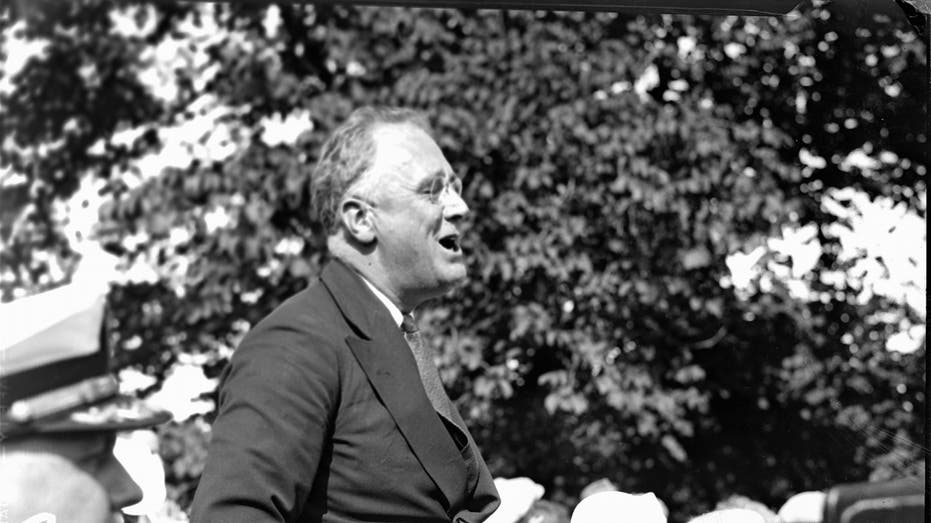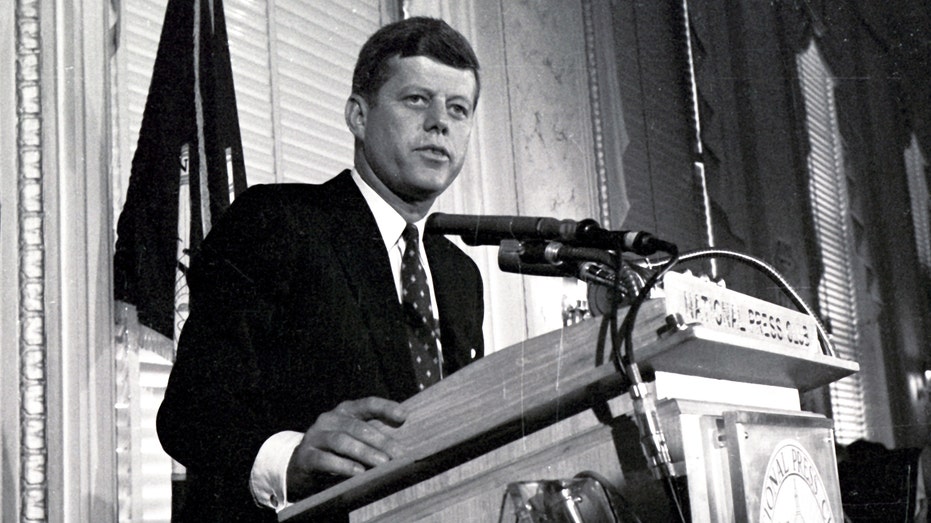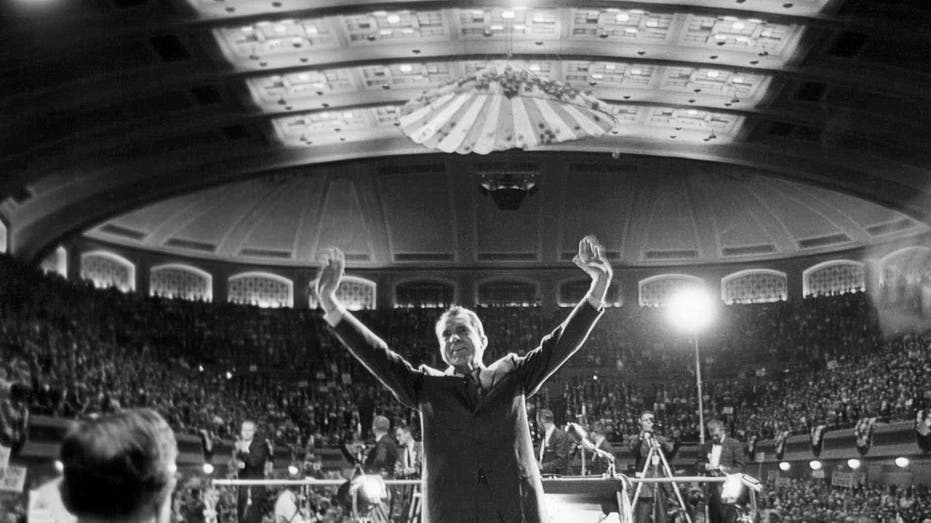How U.S. Stocks Perform in the First 100 Days

Nobody has a crystal ball, but if history is any guide, the Democrats have a better track record than Republicans when it comes to the performance of U.S. stocks in the first 100 days of a new administration.
Winners:

Franklin D. Roosevelt (D)
President Roosevelt's first 100 days began when he took office on June 12, 1933. He served until his death in 1945. Roosevelt had a postive impact on the S&P 500 when he served in 1933, as well as in 1945.
In 1933 the S&P 500 was at 10.89, with a positive percent change of 86.47%.
In 1945, the S&P 500 was at 14.84, with a positive percent change of 10.42%.

John F. Kennedy (D)
John F. Kennedy's presdidency began in January of 1961. During his first 100 days, the S&P 500 was at 65.31 with a percent change of 8.92%.
Losers:

Franklin D. Roosevelt (D)
Despite having a postive impact during prior terms, President Roosevelt also had a negative impact on the S&P 500 in his first 100 days of office in 1937, as well as 1941.
In 1937, the S&P 500 was 16.43, with a negative percent change of 7.90%.
In 1941 the S&P was 9.31, with a negative percent change of 11.08%.

Richard Nixon (R)
When President Richard Nixon took office in 1973, his first 100 days left the S&P 500 at 106.97, with a negative percent change of 9.94%.



















